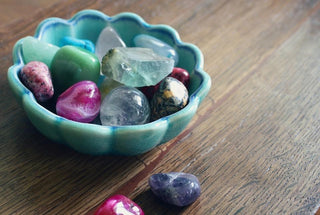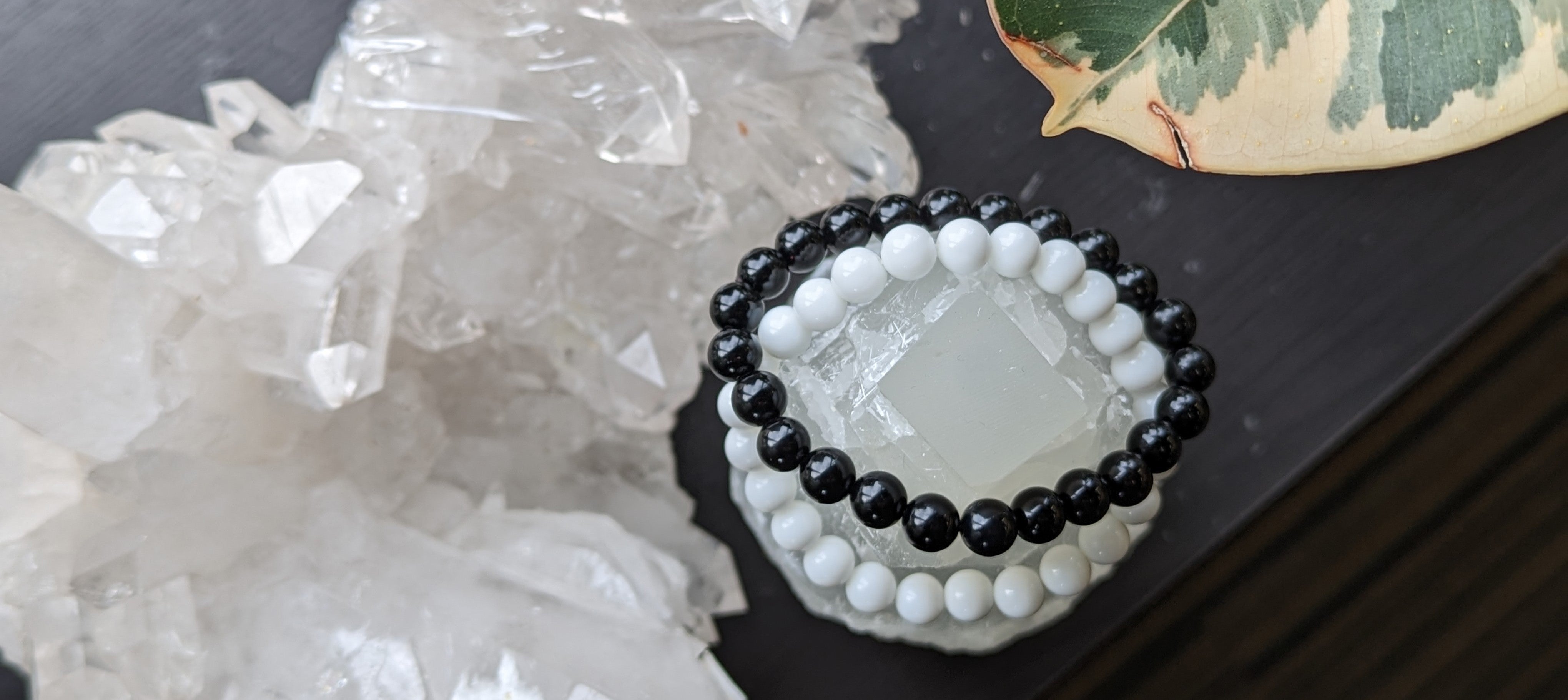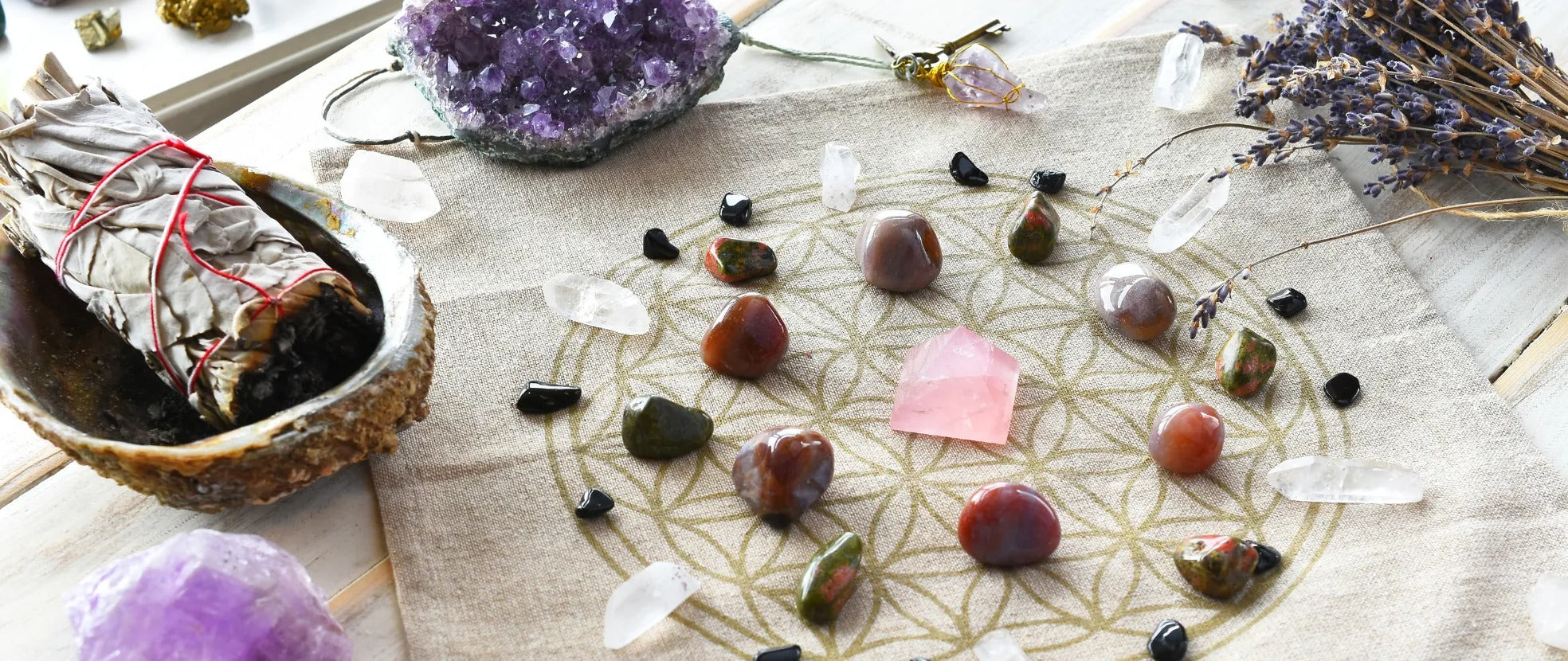A rock is a rock right? Not necessarily. While some people do use words like rock, stone and gem interchangeably, there are some noticeable differences between these words. Others feel wise enough to make the distinction between a rock and a gem – a rock is any old pebble you can find on the street, whereas a crystal is something beautiful and magnificent!
Despite these superficial understandings of gemology, one of the most common misconceptions occurs when you begin talking about gems and crystals – or is it gems OR crystals? Are these two words synonymous, or is there an actual difference in the verbiage?
The Answer¦
It's actually both yes AND no. A gem is a rare mineral. This mineral is of the purest quality, so it is priced highly and considered gem quality. A crystal is a pure substance that has its molecules arranged in such a way that it creates a geometric pattern formation in some way.
These definitions are obviously not the same, but they can potentially sync up. Because a gem is a rare, high-quality mineral, it can certainly be crystalline in nature. However, not all crystals will be made of a rare, high-quality mineral. Thus, these terms aren't synonymous BUT they may coincide with one another on occasion.
You may have already used this distinction in your everyday life and not have known! Consider sugar crystals – you wouldn't call a crystal of sugar a gemstone, would you? Salt crystals are also crystals, but you certainly couldn't call them gemstones either. This goes to show that while sometimes a gem can be a crystal, and vice versa, these two terms aren't synonymous by definition.
One last thing to note is that gems and crystals are usually made through very different means, which can explain why they are different though may coincide with one another. Gems are made organically through minerals or organic matter. Crystals are defined solids that contain atoms, molecules and ions in a fixed order. These then go on to extend to three dimensions, creating a crystalline shape.
Classification Systems
The way we classify both gems and crystals varies, though a gem that is crystalline will occur and fall into both categories. Gems are usually categorized based on their chemical makeup -- what makes this gem the gem that it is? What trace minerals can be found within it that make up its color scheme? How is it structured? Gems are then typically cut to size after their value is determined
Crystals, on the other hand, are usually classified by their shape. This can mean a cubic crystal, a tetragonal crystal, a or a hexagonal crystal. Other crystal classifications include orthorhombic, monoclinic and rhombohedral. Crystals are also categorized by their crystal system, which refers to a subcategory of the above lattice systems.
Gemology and crystallography lingo can be confusing to many if they're unfamiliar with the nuances of these studies – so if you've ever accidentally called a rock a gem or an amber stone a crystal, don't worry! You aren't the first and you won't be the last. Hopefully we've helped to set the record straight on what makes a gem a gem, and also what makes a crystal a crystal.





